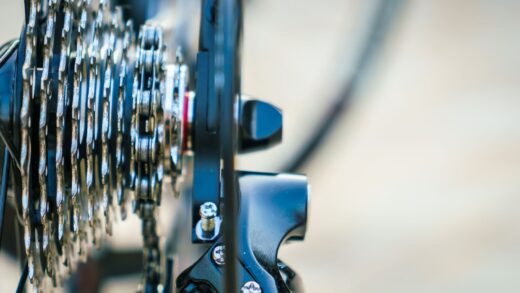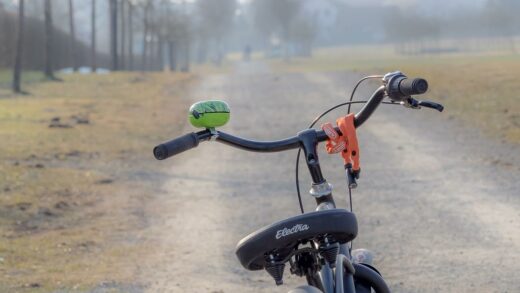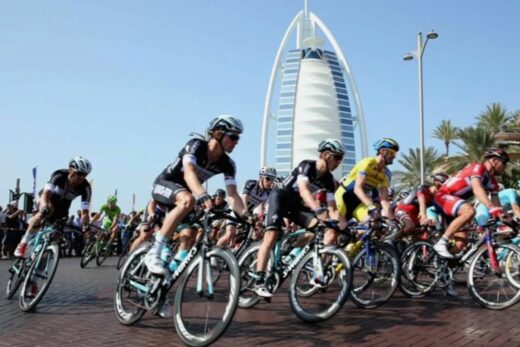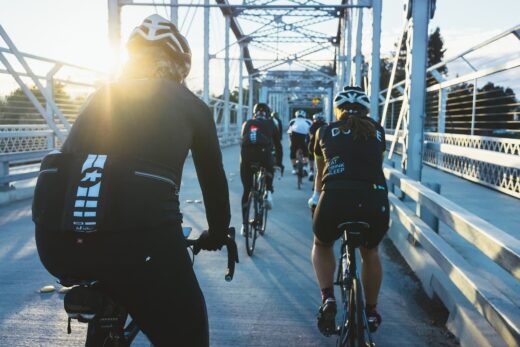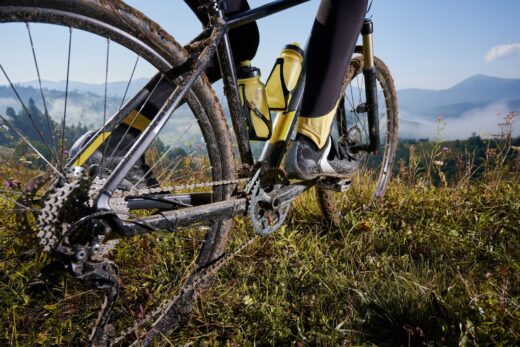The Giro d’Italia is one of the most prestigious cycling competitions in the world and a real Italian brand, well known all over the world. “The Giro” clearly demonstrates the adoration with which Italians treat not only bicycles and sport, but also their own land, landscapes and nature.
Vkontakte Facebook Twitter
The route of the Italian Grand Tour covers vast areas of the country and passes through plains, hills, mountains and cities; the average length of one stage of the race is 161.1 km. Therefore, Giro spectators can enjoy a dynamic sporting struggle surrounded by the magnificent Italian nature.
It is also worth mentioning that cycling for Italians is not just a sport, it is a way of life that expresses such fundamental values of this culture as creativity, healthy lifestyle and care for the environment. So it is not surprising that the great masters of cycling entered the history of the country as figures of the first magnitude, becoming part of the collective memory as national heroes whose names are known to all. They have been filmed and sung about; perhaps the most striking example is the legendary Gino Bartali, three-time winner of the Giro (1936, 1937 and 1946).
The first race, called the Giro d’Italia, took place more than a century ago: in 1908, Tullo Morgagni, publisher of the Gazzetta dello Sport, invited the owner of the newspaper to organize an Italian race along the lines of the Tour de France. The entire country was involved in fundraising for the race, and even the rival newspaper Corriere della Sera contributed 3,000 lire; a casino in Sanremo financed bonuses for the winners.
The first “Pink Race” (as it was called after the color of the organizing newspaper) started on May 13, 1909, from Milan. The total distance was 2,448 km and was divided into eight stages. A total of 127 racers set off, but not everyone made it to the finish line (again, in Milan, where the Gazzetta’s office was located): only 49 racers made it to the final round, and Luigi Ganna was the first man to win.
The 36th Giro d’Italia and the triumph of Fausto Coppi: Istituto Luce newsreel
As the years passed, the race became increasingly popular; in 1931 the event’s icon, the famous pink T-shirt, worn on every stage by the race leader, was introduced. Later, several new classifications were introduced with corresponding leader jerseys: green for the king of the mountains (blue since 2012), red for the best sprinter, and white for the top young talent. Thus, athletes compete in several “categories” within one cycling day, which makes it even more interesting for both participants and spectators.
The first stage of the Giro’s history was dominated by Italian riders such as Giardengo and Binda, Coppi and Bartali. In the 1950s and 1970s, foreigners began to win the Pink Race noticeably more often; especially the Belgian Eddie Merckx, nicknamed “Cannibal”, distinguished himself. And in 1994, it was the turn of Evgeny Berzin – the first Russian, who was able to win the Italian Grand Tour; just two years later, this achievement was repeated by Pavel Tonkov, and in 2009. – Denis Menshov.
Throughout the Giro’s history, the race routes have passed through various regions of Italy and beyond: some stages were organized in France, Switzerland, Austria and other neighboring countries. And it is not limited to neighboring countries: for example, in 2014 the start of the “Pink Race” was held in Northern Ireland. This is further evidence of the level of international prestige that the legendary Italian competition has achieved.
The cup, which has been awarded to the winner of the Giro since 1999, is called the “endless trophy” and is shaped like a spiral, with the names of all the race’s triumphants engraved on the line.
One of the best cyclists of all time, Costante Girardengo, was so famous that he earned the nickname “Champion of Champions” (Campionissimo). At the height of his popularity, it was decided that all express trains should stop through his hometown of Novi Ligure.
In the second half of the 20s one of the most successful participants of the Giro was Alfredo Binda; he won 4 victories in 5 years, forcing the organizers of the Pink Race in 1930 to pay him a bonus in the same amount as the winner in order to withdraw from participation.
A distinctive feature of the Giro compared to other cycling days in Europe are the mountain stages. The most difficult obstacles in each route are traditionally named after the great cyclists who have excelled in these sections: the highest pass, for example, is named “Top of the Coppi” and the most outstanding mountain is “Mount Pantani”.

